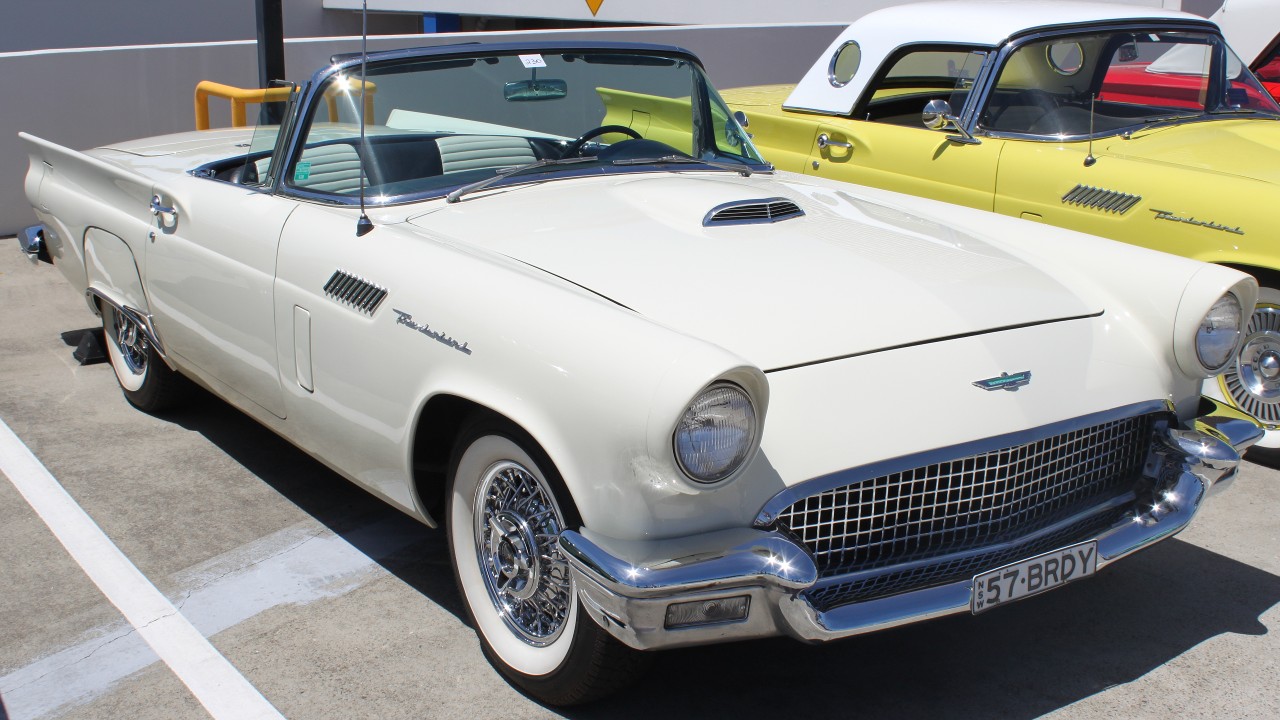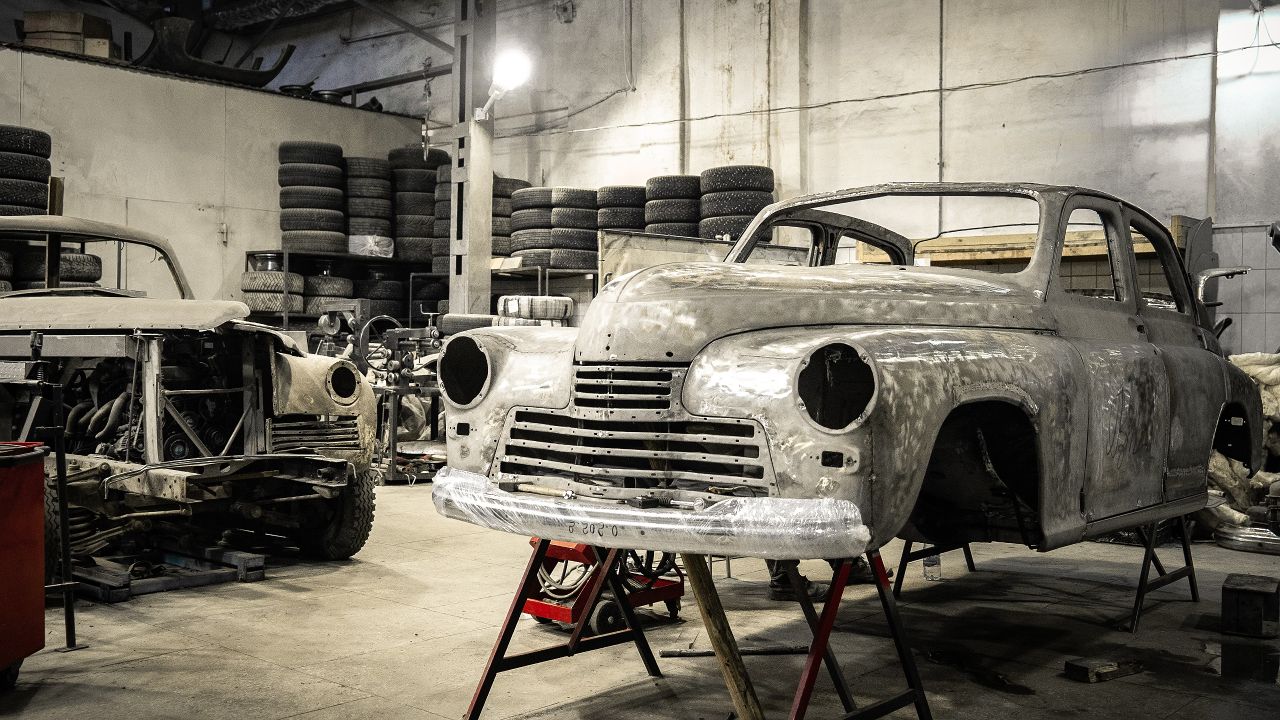Restoring and preserving classic cars are two distinct approaches that cater to different goals and philosophies. Deciding whether to restore or preserve your classic car requires careful consideration of various factors, including the car’s condition, historical significance, and personal intentions. Understanding these aspects can guide classic car enthusiasts in making the best choice for their treasured vehicle.
Understanding the Differences Between Restoration and Preservation
Restoration involves returning a car to its original factory condition or even enhancing it beyond its original state. This process often includes extensive work on the car’s body, engine, interior, and sometimes modernizing certain elements to improve performance or safety. For instance, a 1967 Chevrolet Corvette might undergo a restoration that includes a complete overhaul of its engine, a new paint job, and updated interior finishes to reflect or surpass its original allure.
Preservation, on the other hand, focuses on maintaining the car in its current state, emphasizing originality and patina. This approach values the authenticity and historical essence of the car. Preserving a 1955 Mercedes-Benz 300SL Gullwing, for example, might involve minor repairs to ensure functionality while retaining the car’s original paint and upholstery, celebrating its journey through time without altering its inherent character.
Evaluating the Condition of the Car
Assessing a car’s structural integrity is crucial when deciding between restoration and preservation. The frame, bodywork, and mechanical components need to be thoroughly examined. A classic like the 1932 Ford Model A may have rust or damage that compromises its structural soundness, which could necessitate a restoration to ensure safety and longevity. Conversely, if the car is structurally sound, preservation might be a viable option to maintain its original state.
Cosmetic considerations are also pivotal. The car’s exterior and interior condition can significantly sway the decision. A car like the 1970 Dodge Challenger with faded paint and worn interiors may benefit from restoration to restore its visual appeal and comfort. However, if the wear adds to the car’s character and tells a story of its past, preservation could be more appropriate, allowing the vehicle to retain its unique historical narrative.
Historical and Financial Considerations
Cars with significant historical value or unique provenance are often better candidates for preservation. For instance, a 1965 Aston Martin DB5, known for its association with the James Bond films, might be more valuable in its original state, preserving its connection to cinematic history. Preservation in such cases ensures that the car remains a genuine artifact of its era, appealing to collectors and enthusiasts alike.
Financial implications also play a critical role in the decision-making process. Restoration can be costly, often requiring a significant investment of time and money, which may not always translate into an equivalent increase in the car’s market value. A 1957 Ford Thunderbird, for example, might see a substantial appreciation in value after a high-quality restoration; however, the costs could outweigh the benefits if not managed carefully. Preservation, while potentially less expensive upfront, can maintain or even increase a car’s value if the vehicle’s originality is highly prized among collectors.

Personal Goals and Preferences
An owner’s personal vision and intended use for the car are fundamental in choosing between restoration and preservation. If I own a 1973 Porsche 911 and envision using it for regular driving, a restoration could align better with my goals, ensuring reliability and comfort. On the other hand, if I see the car as a museum piece or occasional show car, preservation might be more appropriate, allowing it to serve as a testament to its time.
Emotional attachment also influences this decision significantly. Cars often carry sentimental value, representing cherished memories or significant life milestones. A 1969 Dodge Charger that I inherited from a family member might hold immense personal significance, leading me to favor preservation to honor its history and my connection to it. The personal satisfaction derived from either restoring or preserving a car can often outweigh financial or practical considerations.
Practical Tips for Making the Decision
Consulting experts is an invaluable step in making an informed decision. Classic car experts, appraisers, and clubs can provide insights and advice based on extensive knowledge and experience. For instance, reaching out to the Antique Automobile Club of America or consulting with a restoration specialist familiar with a 1964 Jaguar E-Type can offer tailored guidance that aligns with both my goals and the car’s potential.
Long-term maintenance is another consideration. Restored cars may require different upkeep compared to preserved ones. A restored 1959 Cadillac Eldorado might need regular maintenance to keep its new components in top condition, while a preserved car might demand careful handling and storage to protect its original features. Understanding these maintenance requirements can help me prepare for the ongoing commitment involved in either path.
Ultimately, the decision to restore or preserve a classic car is deeply personal, influenced by a combination of factors including condition, historical significance, financial implications, and personal goals. By carefully evaluating each of these aspects and seeking expert advice, I can make a decision that honors the legacy of the vehicle while enhancing my enjoyment and appreciation of its unique qualities.
Like Fast Lane Only’s content? Be sure to follow us.
Here’s more from us:
*Created with AI assistance and editor review.







Leave a Reply